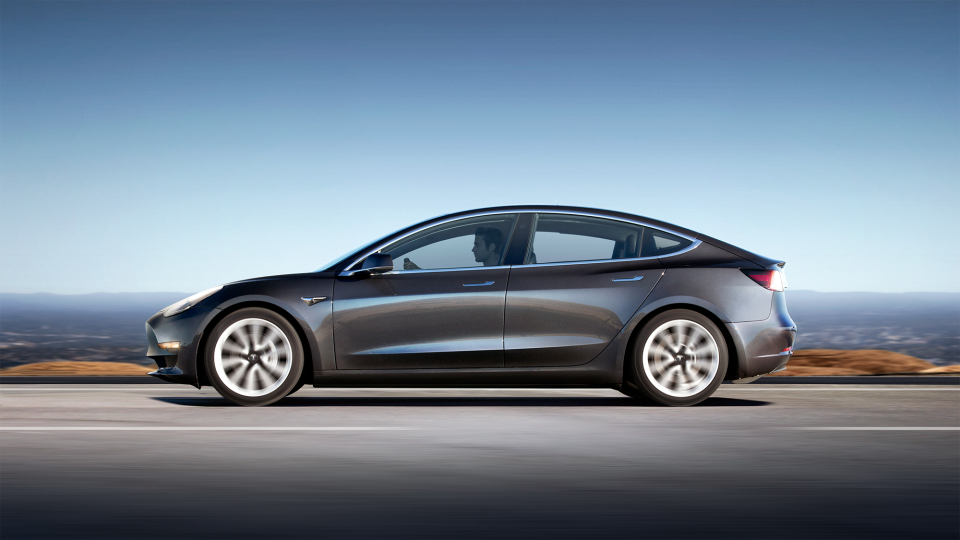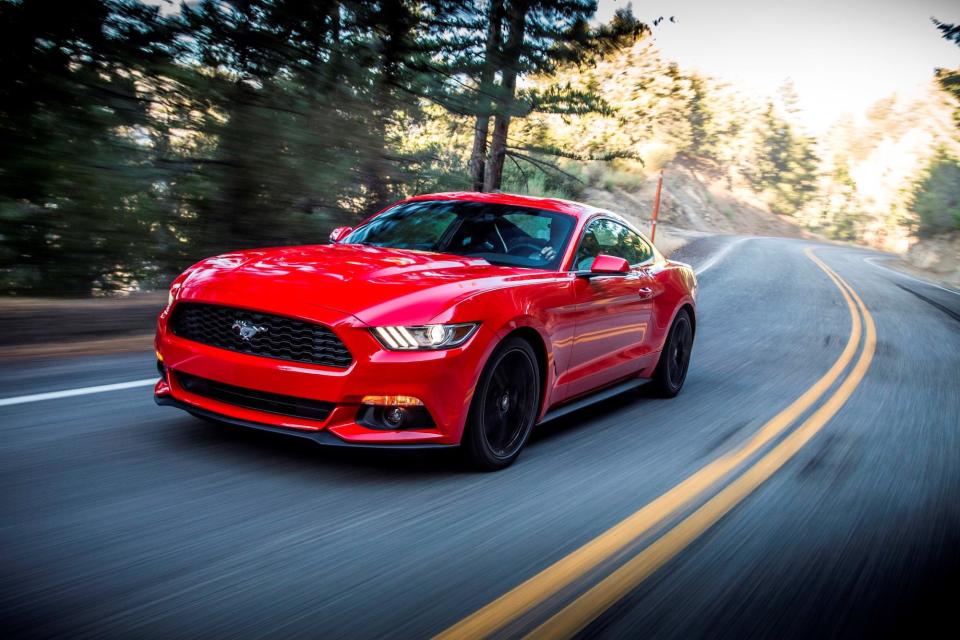Tesla's Model 3 problems reveal a hidden cost in electric cars (TSLA)

Benjamin Zhang/Business Insider
Tesla is working through production bottlenecks for its Model 3.
The problems are concentrated at its Nevada battery factory.
The company's goal is to automate the assembly of this expensive component so it can speed up production and reduce cost.
When it comes to cars, most people don't think about how much the individual parts add up to an overall price tag.
Until something goes wrong, that is.
Tesla has been dealing with what it calls production bottlenecks at its massive battery factory, called the Gigafactory, near Reno, Nevada. The company went into some detail on the issues during its third-quarter earnings call with analysts, when CEO Elon Musk was at the Gigafactory trying to sort out the slowdown.
Battery production for the mass-market Model 3 will be far more automated than it has been for Tesla's previous vehicles, the Model S and the Model X. So will production in general, creating a learning curve that hasn't been smooth for Tesla, as it's harder to fall back on assembling components by hand.
Musk addressed this at length last year.
"It is harder to supplement with manual than S or X because the system is designed as a very tightly integrated automated system," he said. "So it's very unwieldy to try to supplement or make up for a machine not working with manual activity."
He continued: "If you had a spreadsheet and a couple of cells in the spreadsheet were manually calculated, well, yeah, you could still do your spreadsheet stuff, but it's going to be a lot slower until the last cell is automated, and then it's going to be super fast."
Batteries are expensive

Timothy Artman/Tesla
The battery in a Tesla is a very costly component that's complicated to put together.
Tesla has shown tremendous competence with battery assembly for the Model S and the Model X, taking an idiosyncratic design — thousands of lithium-ion cells wired together — and getting both a long range and stunning performance. A P100D pack is good for almost 300 miles on a charge, and with Ludicrous Mode engaged it can pipe enough juice to a vehicle's dual motors to outrun every other production car in the world.
But the system for building batteries for the S and the X won't work for Model 3 because it would be too slow, hence the significant automation at the Gigafactory to supply enough battery packs and at the factory in Fremont, California, to roll more than twice as many cars as Tesla produced in 2017.
Electric cars are less complicated than their gas-powered counterparts to build and maintain. Many components are the same — body panels, windows, tires. But the guts of an electric car are the battery and the motors, whereas a gas car has some intricate plumbing.
But the critical parts of an EV aren't cheap. It's difficult to figure out exactly how much Tesla's motors and batteries cost, but they're likely over $10,000 each. (The calculation for batteries is cost per kilowatt hour multiplied by pack size, and you'd have to look around for prices on AC induction motors with similar specs).
So the cost of the most important parts of a Tesla is concentrated, high, and disproportionately exposed to production bottlenecks. On the plus side, though, the overall cost of owning a Tesla is lower than for a similar gas vehicle, even if you take battery replacements into account. (You do have to own the car for a long time, however — and Tesla wants you to!)
Gas-car parts are much cheaper

Ford
Meanwhile, gas-car components are cheaper and more plentiful. A gas tank is a few hundred bucks, and Ford will sell you a powerful "crate motor," a V8 that goes into one of its Mustangs, for less than $8,000. Smaller gas motors cost much less.
Gas tanks and gas engines have been around for over a century, while highly automated battery-pack assembly for EVs is just getting started. So Tesla's production bottlenecks shouldn't be all that surprising, and, as Musk noted last year, the Model 3 system was designed to run for a decade.
But for now, this imbalance between gas cars and electric vehicles has become particularly glaring.
NOW WATCH: The secret to Steve Jobs' and Elon Musk's success, according to a former Apple and Tesla executive
See Also:
I drove a $52,000 Kia Stinger and am convinced it is the best car the company has ever made
Hawaiian Airlines CEO reveals where he sees the next big opportunity
Virgin America's new uniforms prove the airline is one step closer to disappearing
FOLLOW US : on Facebook for more car and transportation content!
